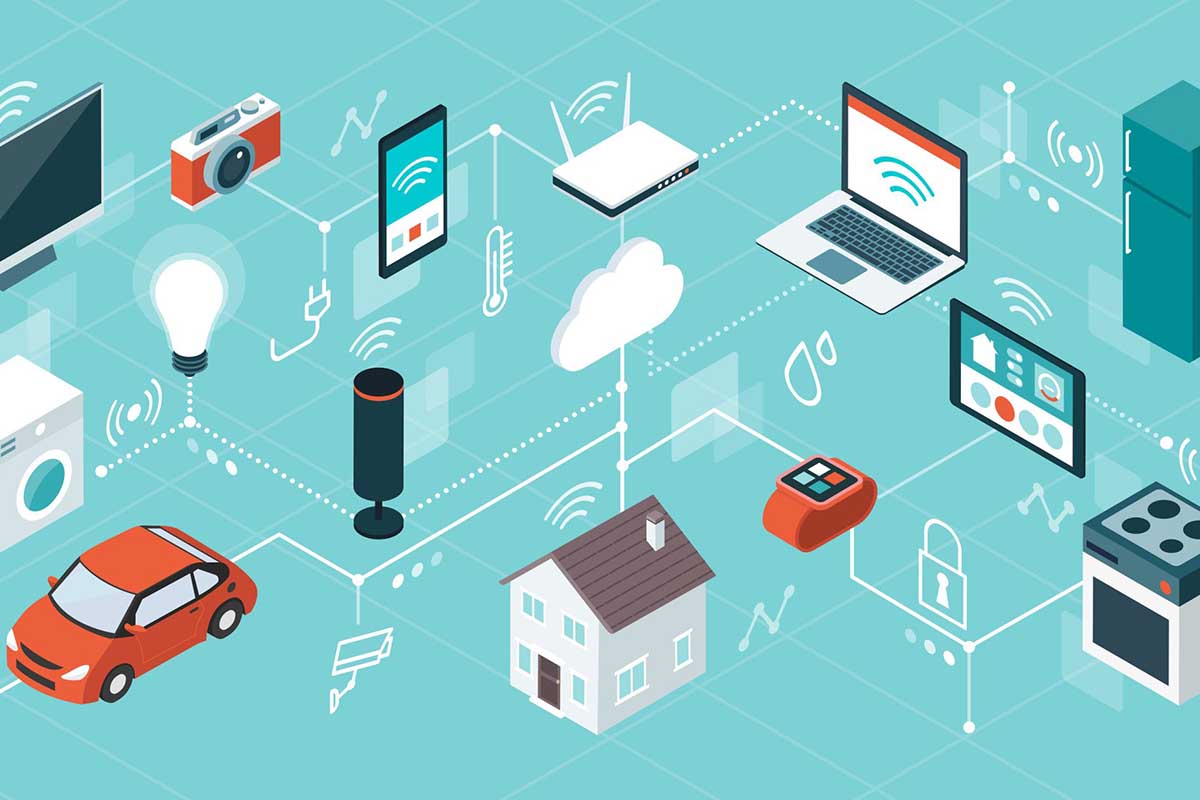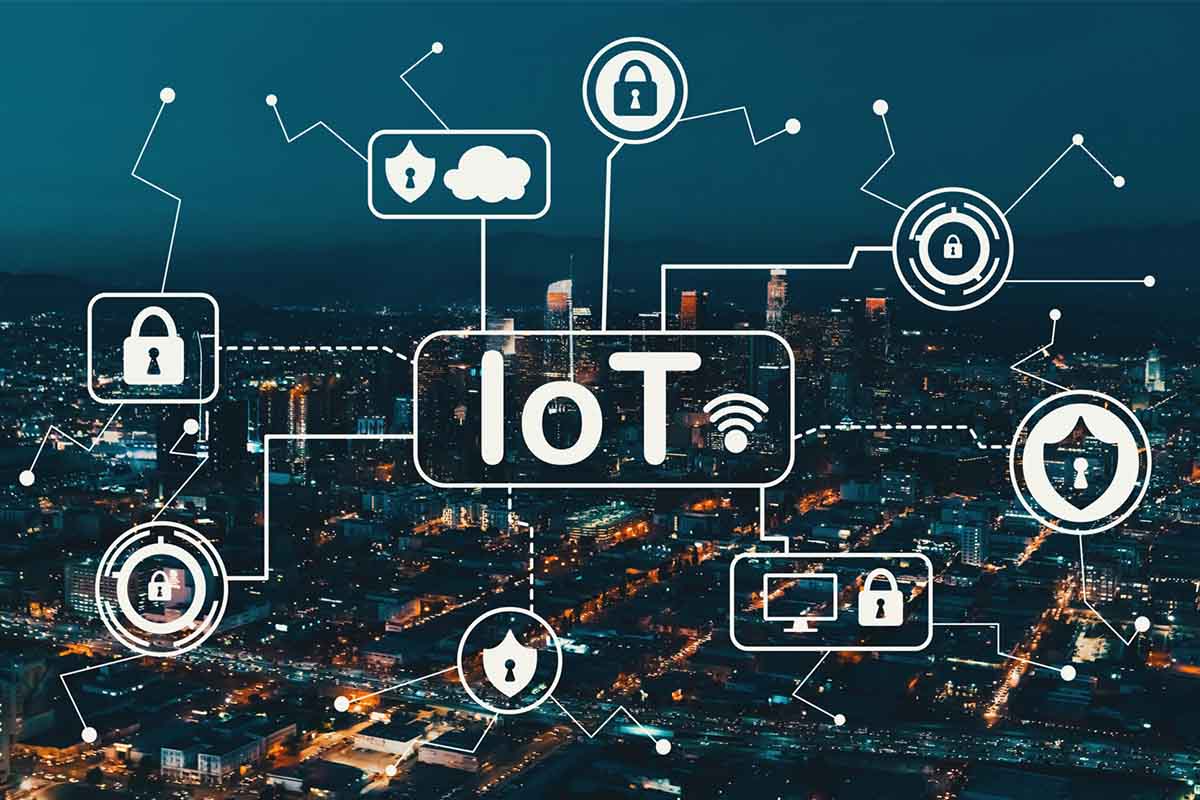In today’s age of massive data, sophisticated simulations, and intricate problem-solving requirements, there exists a realm of computing that stands apart, both in its capabilities and complexities. This realm is called High-Performance Computing (HPC). Widely regarded as the powerhouse of computational methods, HPC has found application in many fields, transforming how we analyze data, predict phenomena, and find solutions to complex problems.
What is High Performance Computing (HPC)?
High-performance computing, often abbreviated as HPC, refers to the practice of aggregating computational power in a manner that delivers much higher performance than what one could get out of a typical desktop computer or workstation. The essence of HPC is to harness the power of multiple advanced processors, working in tandem, to perform intricate calculations or data processing.
HPC isn’t just about sheer brute computational strength, though. It’s a cohesive blend of hardware (like processors, GPUs, and memory storages), software (programming models like MPI or OpenMP), and efficient algorithms that come together to solve advanced computational problems.
Scalability: HPC systems can scale from small clusters of powerful servers to mammoth structures with millions of processors.
Parallel Processing: Instead of executing one task at a time, HPC divides larger tasks into smaller ones that are processed simultaneously.
Advanced Hardware: HPC often employs clusters of computers with specialized hardware components, such as GPUs, FPGAs, and high-speed interconnects.
Historically, HPC was predominantly the domain of academic research institutions and government agencies. However, with the ever-increasing demands of data analytics, simulations, and real-time processing, industries of all shapes and sizes are now leveraging HPC capabilities.
In the ever-evolving world of cryptocurrencies, mining companies are not only advancing their infrastructure to benefit from the anticipated Bitcoin halving in 2024 but are also branching out to tap into another burgeoning domain: artificial intelligence (AI).
A recent insight from JPMorgan, released on Thursday, delves into the shifting dynamics where mining entities are re-engineering their robust infrastructures to cater to high-performance computing needs.
Miners’ AI Odyssey
In the detailed report spearheaded by Nikolaos Panigirtzoglou, it’s highlighted that these miners are offsetting their transition costs into AI by liquidating the BTC accumulated from their mining endeavors.
One notable player in this transition is Applied Digital from Texas. They’ve inked a mammoth deal worth $460 million, pivoting towards offering cloud computing via their data centers. Their statement from a press release in June echoed the sentiments of the evolving AI landscape. The company noted, “With the AI sector burgeoning at a rate never seen before, the appetite for our nascent cloud solutions has skyrocketed.”
Another miner venturing into this sphere is Iris Energy, hailing from British Columbia. With the advantages of affordable green energy and expansive data center resources, the company has rejuvenated its strategy towards curated HPC services. As per their June announcement, recent market interactions have solidified their earlier research, indicating that leveraging their four operational bases for this new direction might be a strategic move.
Interestingly, it’s not just the Bitcoin miners taking this leap. Ethereum miners, some of whom faced challenges following the network’s integration upgrade in September, are now scouting for fresh opportunities in this realm.
As JPMorgan points out, “The surging demand for high-performance computing, propelled by AI’s meteoric rise, has carved out a potentially more lucrative path for GPUs that were formerly earmarked for Ethereum mining.”
Is AI More Lucrative Than Traditional Mining?
One intriguing aspect the report touches upon is the potential profitability of this shift. Preliminary indications from beta tests conducted by some miners, where they allocated a segment of their computing clusters for HPC services, suggest that profits, when measured against power consumption per unit, appear to substantially surpass those from Bitcoin mining.
Adding weight to this observation, the analysts remarked, “Should the promising returns observed in the initial testing phase be replicated on a grander scale, it might very well eclipse the revenue streams we see from Bitcoin mining today.”
In conclusion, as the intersections of AI and cryptocurrency mining become more evident, it’s clear that the industry is in the throes of a transformative phase. With giants like JPMorgan weighing in on the trend, the horizon looks promising for miners willing to diversify and adapt.
Application Scenarios of High-Performance Computing
The unparalleled capabilities of HPC have made it an indispensable tool in numerous sectors. Here’s a glimpse into some of the myriad scenarios where HPC has a significant role:
Climate Modeling & Weather Forecasting: Simulating the Earth’s climate and predicting weather patterns requires the analysis of vast datasets. HPC systems enable meteorologists to run intricate simulations, helping in predicting hurricanes, tornadoes, and other natural events with better precision.
Genomic Research & Bioinformatics: From mapping genomes to understanding protein structures, the field of bioinformatics leans heavily on HPC. It assists in predicting disease outbreaks, understanding genetic disorders, and even in the development of new drugs.
Financial Modeling: The finance sector relies on HPC for risk assessment, fraud detection, and high-frequency trading. Analyzing vast amounts of transactional data in real-time and making instantaneous decisions is made possible with HPC.
Aerospace & Automotive Engineering: Engineers use HPC for simulations in aerodynamics, structural mechanics, and system dynamics. Whether it’s designing a new spacecraft or testing the safety of a new car model, HPC plays a pivotal role.
Energy Exploration: Oil and gas industries utilize HPC for seismic exploration. The process involves creating subterranean maps that help in pinpointing oil and gas reserves.
Artificial Intelligence & Machine Learning: Training complex neural network models, especially deep learning models, demands significant computational resources. HPC provides the necessary computational backbone, reducing the time taken from days or weeks to just hours.
Entertainment & Media: The stunning visual effects in movies or the realistic environments in video games? They are rendered and tested using HPC systems.
Scientific Research: From understanding cosmic phenomena to predicting the behavior of subatomic particles, scientific research projects require colossal computational prowess, provided aptly by HPC.
Healthcare: For real-time imaging processing, drug discovery, or even personalized treatment plans, the healthcare industry is turning to HPC.
Supply Chain & Logistics: Optimizing routes, warehousing, and inventory management through complex algorithms also involves HPC.
Conclusion
High-performance computing is not just a technological marvel but a catalyst, driving innovation and advancement across numerous sectors. Its capacity to process, analyze, and manage vast datasets in real time is unprecedented. As data continues to burgeon and computational challenges mount, HPC stands as the sentinel, ensuring that we, as a civilization, are always ready to tackle what lies ahead.




